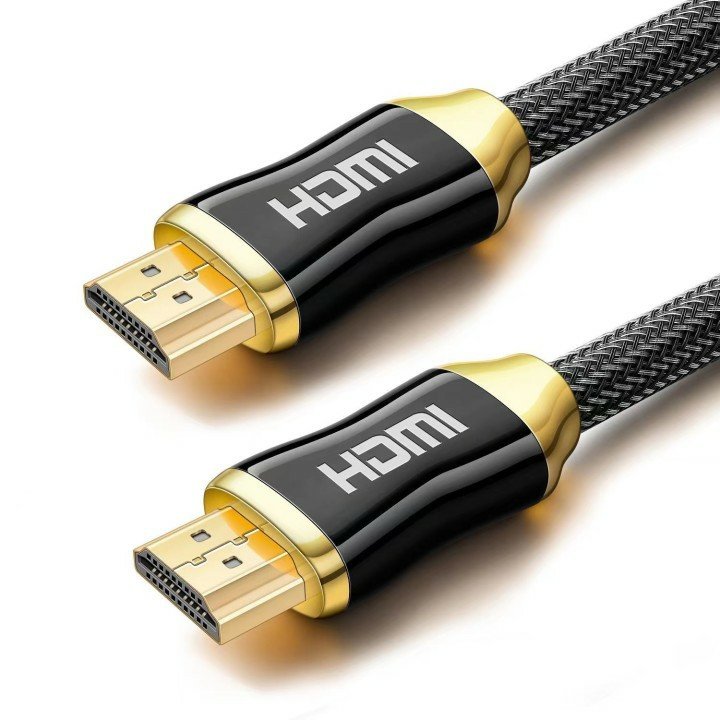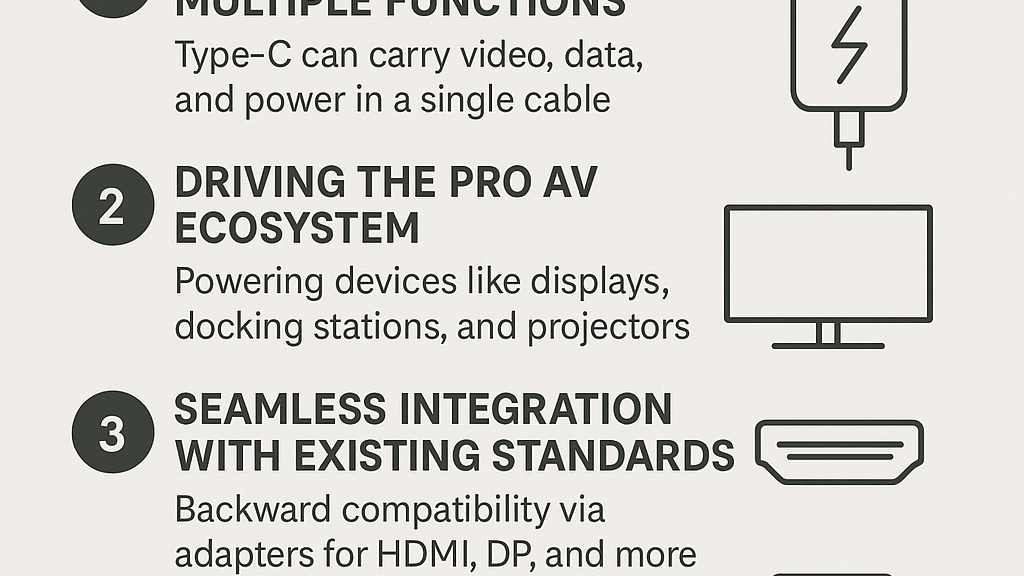Table Of Content
Table Of Content
HDMI (High-Definition Multimedia Interface) is a standard for transmitting uncompressed audio and video data between devices. The different versions of HDMI, such as HDMI 1.4, HDMI 2.0, and HDMI 2.1, represent different iterations of the HDMI standard, each introducing improvements and new features. Here’s a brief overview of the key differences:
- HDMI 1.4:Release Year: 2009Maximum Data Rate: 10.2 Gbps Resolutions: Supports 4K at 30Hz, 1080p at 120Hz3D Support: HDMI 1.4 introduced support for 3D video formatsReturn Channel (ARC): Allows the HDMI connection to transmit audio back from the display to the source device, eliminating the need for a separate audio cable.
- HDMI 2.0:Release Year: 2013Maximum Data Rate: 18 GbpsResolutions: Supports 4K at 60Hz, 1080p at 240HzHigh Dynamic Range (HDR): HDMI 2.0 introduced support for HDR, providing better contrast and a wider range of colors.Increased Bandwidth: The higher data rate allows for increased video quality and additional features.Dual Video Stream: Enables the use of two video streams for dual-view displays.
- HDMI 2.1:Release Year: 2017Maximum Data Rate: 48 GbpsResolutions: Supports 8K at 60Hz and 4K at 120Hz (and higher refresh rates)Dynamic HDR: HDMI 2.1 supports dynamic HDR, allowing for frame-by-frame adjustments to optimize the viewing experience.Enhanced Audio Return Channel (eARC): Improves the audio support for advanced audio formats and object-based audio (e.g., Dolby Atmos).Variable Refresh Rate (VRR): Prevents screen tearing in gaming by synchronizing the display’s refresh rate with the source device’s frame rate.Quick Frame Transport (QFT): Reduces latency for smoother gaming.Quick Media Switching (QMS): Eliminates the delay in content switching.
HDMI 2.1 represents a significant leap in terms of data transfer capabilities and supports features that cater to the evolving needs of modern audiovisual technologies, including higher resolutions, improved refresh rates, and enhanced gaming experiences. It’s important to note that the actual features supported may vary depending on the specific hardware implementation by manufacturers. When choosing HDMI cables or devices, it’s advisable to check for compatibility with the desired features and resolutions.







